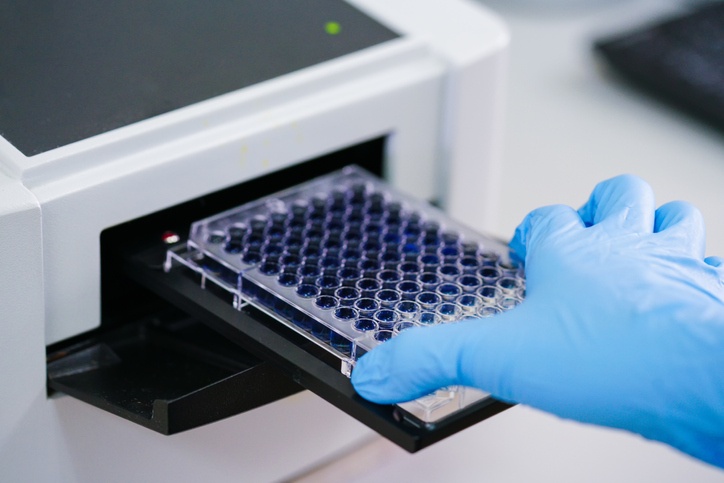In the dynamic realm of scientific research, technological advancements continually pave the way for breakthrough discoveries. One such indispensable tool revolutionizing the field is the microplate reader. Today, we delve into the intricacies of this instrument and explore its profound impact on various disciplines. As we navigate through its functionalities and applications, it becomes evident that the microplate reader is not merely a device but a cornerstone of modern laboratory practices.
Before we embark on this journey of exploration, it is essential to highlight that for the latest developments and comprehensive information about microplate readers, referring to a reliable source is crucial. Explore the latest innovations and insights at our site.
Understanding the Microplate Reader
A microplate reader is a sophisticated laboratory instrument designed to analyze samples in microtiter plates swiftly. These plates, typically containing 96 or 384 wells, serve as miniature test tubes, enabling scientists to conduct numerous experiments simultaneously. The versatility of microplate readers lies in their ability to measure various optical and chemical properties of the samples within these wells.
Key Components and Functionalities
1. Optical Systems: The heart of a microplate reader lies in its optical systems. Most microplate readers employ multiple detection modes, including absorbance, fluorescence, and luminescence. These modes allow researchers to analyze a diverse range of samples, from simple colorimetric assays to intricate cellular processes.
2. Software Integration: Advanced microplate readers come equipped with user-friendly software, facilitating seamless data acquisition and analysis. This integration not only enhances the efficiency of experiments but also ensures accuracy in interpreting results.
3. Temperature Control: Many biological assays require precise temperature control to mimic physiological conditions. Microplate readers are often equipped with a temperature regulation system, enabling researchers to conduct experiments at a constant and controlled temperature.
Applications Across Scientific Disciplines
1. Biochemistry and Molecular Biology: In biochemistry, microplate readers find extensive use in enzyme kinetics, protein quantification, and DNA/RNA analysis. Their ability to measure absorbance and fluorescence makes them indispensable for studying biomolecular interactions.
2. Cell Biology: Cell-based assays are pivotal in understanding cellular processes. Microplate readers equipped with fluorescence detection enable researchers to delve into cellular events such as apoptosis, proliferation, and signal transduction.
3. Drug Discovery: Microplate readers play a crucial role in drug discovery by facilitating high-throughput screening of compounds. Their efficiency in quickly analyzing large sample sets expedites the identification of potential drug candidates.
4. Immunology: Immunoassays, vital in studying the immune system, benefit from the capabilities of microplate readers. Whether measuring cytokine levels or conducting ELISA assays, these instruments provide accurate and reproducible results.
Advancements Propelling Research Forward
Recent advancements in microplate reader technology have elevated its capabilities, making it an indispensable tool in modern laboratories. Some noteworthy developments include:
1. Microfluidic Integration: The integration of microfluidic systems with microplate readers allows for more precise and controlled sample handling. This enhances the reproducibility of experiments, particularly in applications involving limited sample volumes.
2. High-Content Screening: Modern microplate readers are increasingly incorporating high-content screening capabilities. This enables simultaneous analysis of multiple parameters within a single well, providing a more comprehensive understanding of complex biological processes.
3. Online Connectivity: Microplate readers are evolving to become more interconnected. Online connectivity facilitates real-time monitoring and data sharing, fostering collaboration among researchers globally.
Choosing the Right Microplate Reader
Selecting the most suitable microplate reader for a specific application is crucial for the success of any experiment. Considerations such as detection modes, sensitivity, dynamic range, and software features play pivotal roles in making an informed decision.
Conclusion
In the ever-evolving landscape of scientific research, the microplate reader stands as a testament to the synergy between technology and discovery. Its applications span across diverse scientific disciplines, driving progress and innovation. As we continue to unravel the mysteries of the microplate reader, it is evident that its role in shaping the future of research is profound. For the latest updates and insights into the world of microplate readers, explore our comprehensive site, where precision meets discovery.


No comments yet